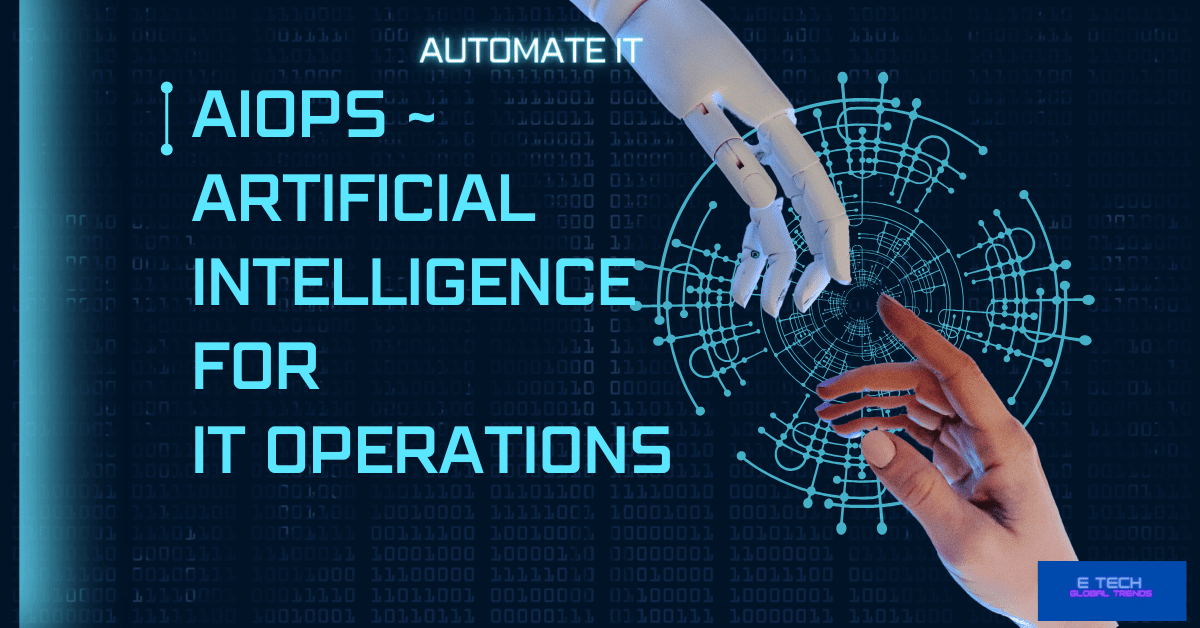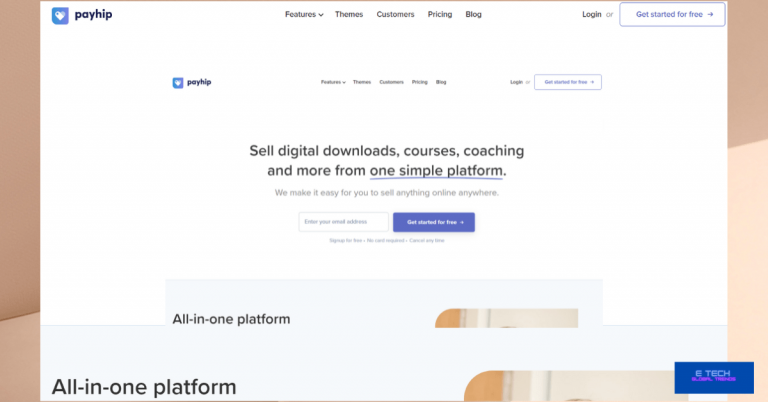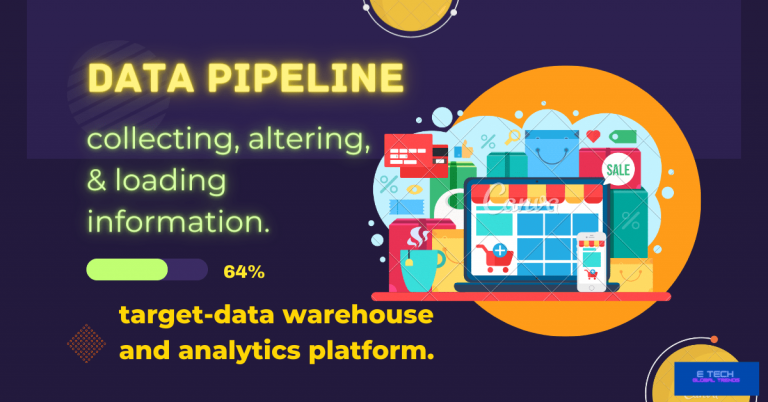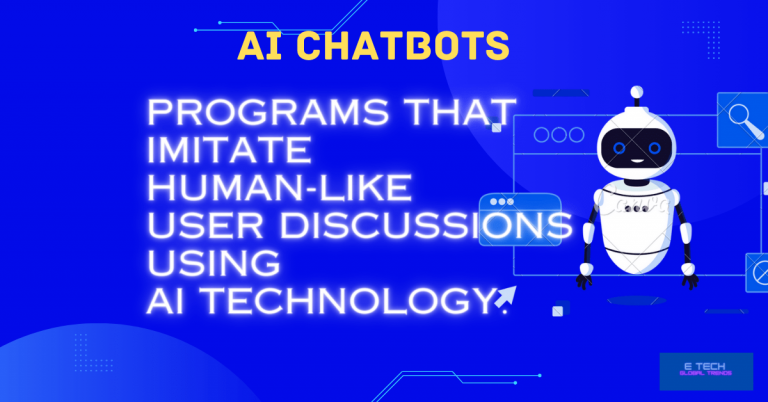AIOps
AI is dominating everywhere. What’s up now? Big data analytics, ML- Machine learning, and other AI technologies are used to automatically identify and fix common IT problems under the banner of AIOps Artificial Intelligence for IT operations
This technology is a collection of procedures created to use machine learning and big data to automate IT activities.
The key advantage of using the tech is the fact that IT teams can spot slowdowns or outages and fix them more quickly than with more conventional systems.
Following the implementation of AIOps, several firms observed a 66% reduction in MTTR-Mean Time To Resolution.
According to Gartner, 40% of businesses will adopt technology for application & infrastructure monitoring by 2024.
A growing idea among businesses looking to increase performance is aligning operations with a more general corporate strategy.
What is AIOps?
it stands for Artificial Intelligence for IT Operations. This is a type of software that uses AI and machine learning to automate and optimize IT operations.
Why AIOps important for medium-sized and large businesses?
By providing IT and DevOps teams with in-the-moment insights and automated processes, AIOps and observability are 2 technologies that potentially change IT operations.
Traditional monitoring is inadequate for controlling the performance as well as the availability of your IT infrastructure.
This is the main fact.
Then, for whom
How does AIOps help in solving
In order to swiftly detect problems, isolate their fundamental causes, and address them more quickly, it’s critical to seek a monitoring system that can provide you with real-time insight into your IT environment.
While AIOps refers to the use of machine learning as well as AI techniques to improve and automate IT operations chores, observability is the capacity to monitor, measure, and evaluate cloud-based systems and apps to get insights into their efficiency, health, and utilization.
Utilizing observability & AIOps, IT departments can take control of IT operations, reduce downtime, and enhance system performance.
Using automated remediation, event correlation, baseline generation, root cause investigation, and predictive analytics, can automate problem identification, alerting, and response.
A platform called Logiq.ai uses AIOps & observability to analyze massive amounts of data. These systems and applications assist firms in more effectively managing their complex IT infrastructure.
Now we know AI plays a major role here. Then,
what are things supposed to do with AI?
AI Elements:
- Choosing data
From the hassle data gathered from the environment, AIOps sorts the data pieces leading to the issue.
- Pattern recognition.
The appropriate data pieces are categorized and indexed for descriptive analysis.
- Inference
determining the main causes of the issue so that it may be resolved further.
- Automation
By precisely interpreting the replies, automation makes it possible to create quick fixes.
- Collaboration
Collaborating with the right organizations and storing data for further diagnosis of comparable circumstances.
How do AI components help in IT operations?
- Eliminating noisy distractions to focus on objectives.
- Matching data from several sources.
- It reduces disruption to client trends by accelerating conclusion and target timeframes.
- Reproducing data components and identifying the root of the issue.
- The capacity to lower expenses by enabling gadgets to identify issues on their own.
How does the AIOps trend become the future of technology?
Modern, dynamic AIOps pose a significant threat to the static IT Operation role.
AI is now dominating IT operations
Static IT Operations are quickly being replaced by AIOps. Monitoring and managing hybrid, dynamic, and highly dispersed contemporary IT infrastructures is becoming more and more necessary.
The AIOps platform may accept heterogeneous data as inputs from several sources on all elements of the IT environment.
such as;
- networks,
- applications,
- infrastructure,
- clouds, and
- storages.
Then, AIOps enables IT Ops & DevOps teams to operate in a smarter, quicker, and better manner by doing a systematic algorithmic inspection of IT data.
It assists businesses in running at the pace that contemporary business demands. because IT is the center of every organization’s attempts to undergo digital transformation.
AIOp is the way of IT operations in the future.
Trending operational business approaches include examples like;
FinOps assists companies in better managing and maximizing their cloud expenditures.
The goal of DevOps is to accelerate the delivery of services and applications using a collection of business tools & concepts.
ITOps stands for the coordination of several business groups to purchase and manage tangible IT assets.
SecOps is the term for the partnership between operations & cybersecurity that aims to automate operations and security duties.
What cutting-edge technology will influence the upcoming decade?
In the next 10 years, there will be a growth in these fields.
- AIOps.
- MLOps
- Real-time AI
- Embedded AI or ML
- Machine vision,
- Language processing,
- Speech and gesture recognition,
- Pattern recognition, and
- other related technologies.
What brings AIOps to the business operations?
- Enables IT departments to attend to failures and stop them from happening in the first place.
- Identifies and blocks noise so that IT operations don’t waste time addressing problems.
- Offers optimization suggestions to raise network, security, and application standards.
- MTTR-Mean Time To Resolution is decreased for increased IT efficiency.
What are the potential drawbacks of AIOps?
Certainly, this tech concept has to use with care.
why? With AIOps, a company may encounter a few issues frequently.
What are they?
1.0 Complexity
It’s fairly difficult to set up AIOps systems. and keep up with it. needing particular skills and materials.
Due to this, it is a challenge for enterprises to implement AIOps and reap its full benefits.
2.0 Insufficient data
The fact that this needs a lot of data to operate properly is one of its hurdles. The effectiveness of these systems can be jeopardized if the data is unavailable or of poor quality.
3.0 Bias
If the data that AIOps systems are trained using is skewed, they may be subject to prejudice. Results may be unfair or erroneous as a result of this.
4.0 Security
If these systems are not properly developed or configured, they may potentially pose security problems. When a system has access to sensitive data, for instance, if it is not adequately protected, it might be a security concern.
5.0 Integration
Additionally, the usability and efficacy of these systems may be constrained by how challenging it is to interface them with other systems.
Overall, AIOps is an excellent solution for automating and improving IT operations,
but it’s critical that businesses thoroughly assess the dangers and difficulties that might arise before putting AIOps systems in place.
Well, can you suggest the best tool for 2023?
why not, But!
In 2023, what AIOPS platform software will make the right choice?
The term, “The best” is not a good one. as we have been convinced many times in our articles. Because it depends, all the time. got it?
Your unique demands and requirements will determine which AIOPS platform software is ideal.
for you in 2023.
- Splunk,
- Datadog,
- AppDynamics, &
- New Relic
are a few of the best platforms.
Then,
What services do they offer?
- Real-time monitoring,
- Predictive analytics,
- Automatic incident response
are just a few of the services that each of these systems provides. To match any budget, they all provide various scalability levels and price options.
Determine firstly Your unique demands and requirements, while selecting an IT operation platform.
A platform that offers capabilities like automatic incident response, real-time monitoring, or predictive analytics is another thing you want to search for.
If the platform is adaptable and gives price options that meet your budget,
and that’s the last thing you should check.
Additionally, it is crucial to confirm the dependability and security of the solution you select.
Furthermore, you want to seek an organization that provides customer assistance in case you run into any queries or problems.
Last but not least, it’s critical to confirm that the platform interfaces with other products and services you already use.
Well, do you know, How to utilize it in different cases?
1.0 Preventing Future Problems
There is a task called, predictive maintenance
When maintenance is required, AIOps can anticipate it, reducing downtime and business interruption.
2.0 Anomaly Analyzing
This method can spot irregularities in the behavior of IT systems that might be signs of security risks, network difficulties, or other concerns.
3.0 Root cause analysis
The analysis of vast volumes of data may assist in locating the primary source of problems in complex IT infrastructures.
4.0 Optimize performance
This can enhance IT system performance by tracking and examining system activity to spot problem areas.
5.0 Automation of Incident Resolution
By applying machine learning to assess previous events and provide solutions for issues that may arise in the future, it can automate incident resolution.
6.0 Planning for Capacity
AIOps may use past data analysis to forecast future resource requirements. and assist IT teams in making capacity plans accordingly.
Not only that,
the technology may assist IT teams;
- in decreasing operating expenses,
- enhancing system performance,
- proactively detecting and
- fixing issues before they have an impact on end users.
Well, when you are ready to start, don’t forget to see this checklist also.
How to get started with AIOps Solutions?
By analyzing massive quantities of data and automating specific processes, these solutions are made to assist businesses in increasing the efficacy and efficiency of their IT operations. The following elements should be taken into account while assessing the following solutions:
1 is it possible to existing systems?
Search for solutions that can seamlessly interact with the monitoring & incident management systems that are already part of your IT infrastructure.
2 check Scalability
Think about if the solution can expand to suit your organization’s demands as it expands.
3 Capabilities for automation.
To increase productivity and lighten the strain, look for services that may automate certain duties like incident response and root cause investigation.
4 Capabilities for data analytics
These systems must be able to evaluate massive volumes of data from many different sources to spot patterns and trends that might point to problems or areas for improvement.
5 User-friendliness
Take into account the solution’s usability and whether or not it is straightforward for your staff to utilize.
6 Budget
Take into account the total cost of possession, which includes the solution’s initial purchase price, any recurring subscription costs, and the resources needed to adopt and maintain it.
7 Support services
To make sure you can utilize the product to its full potential, look for alternatives that provide thorough support and training.
8 Security
Verify that the solution complies with any safety or regulatory standards you may have in place.
What exactly is IBM AIOps?
Certainly, this is an IT management system that automates and streamlines IT processes using ML and AI.
It enables IT professionals to continuously monitor and manage the availability, performance, and functionality of IT systems and applications.
With the aid of IBM’s AIOps platform, IT teams can quickly identify and address events, improve the performance of their infrastructure and applications, and proactively avoid problems in the future. To further simplify and automate IT processes, it may be integrated with other IBM products like ServiceNow.
What are the different IBM Tools?
IBM offers a number of AI Operation technologies,
1.0 Watson AIOps from IBM
an AI-powered platform that employs machine learning algorithms for automating IT operations activities including locating and resolving events, foreseeing and avoiding issues, and maximizing resource usage.
2.0 LogDNA analysis of IBM logs
a log management program that aids in troubleshooting and issue solving and offers real-time visibility to log data.
3.0 Operations Dashboard for IBM
This programmable dashboard offers real-time visibility into the performance and health of IT operations, including systems, applications, & services.
4.0 IBM-APM Solution
APM stands for Application Performance Management
A performance monitoring tool that offers insights into the functionality. and for health applications. notably, it has the ability to recognize and treat performance problems and find and fix faults.
Conclusion
AIOps uses AI to streamline IT operations. it can identify trends, anomalies, and correlations by evaluating data from several IT systems and tools. This facilitates quicker issue identification and resolution for IT teams, improving system performance and dependability.
Hope this article helps.
Cheers!
Read more on related topics here







